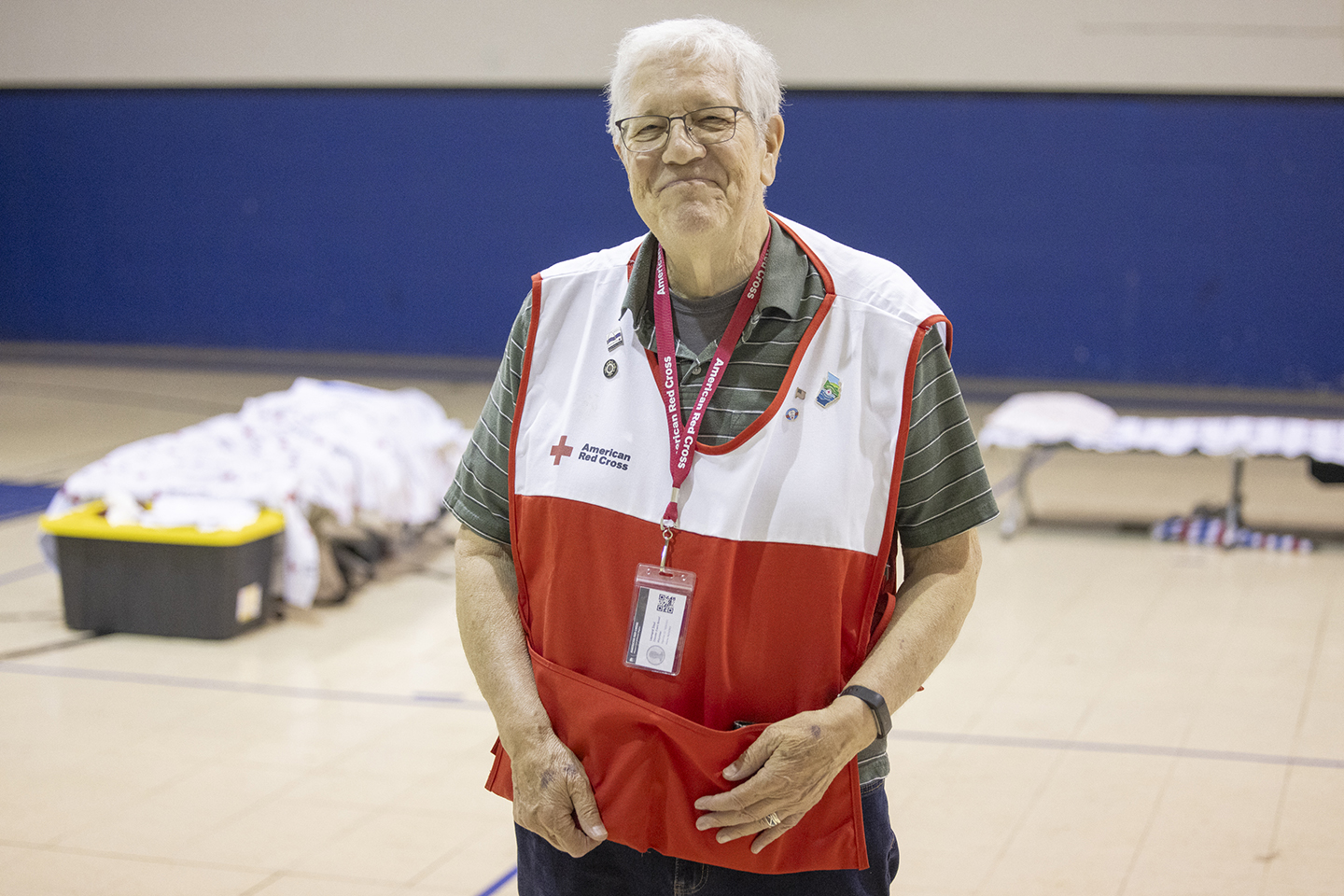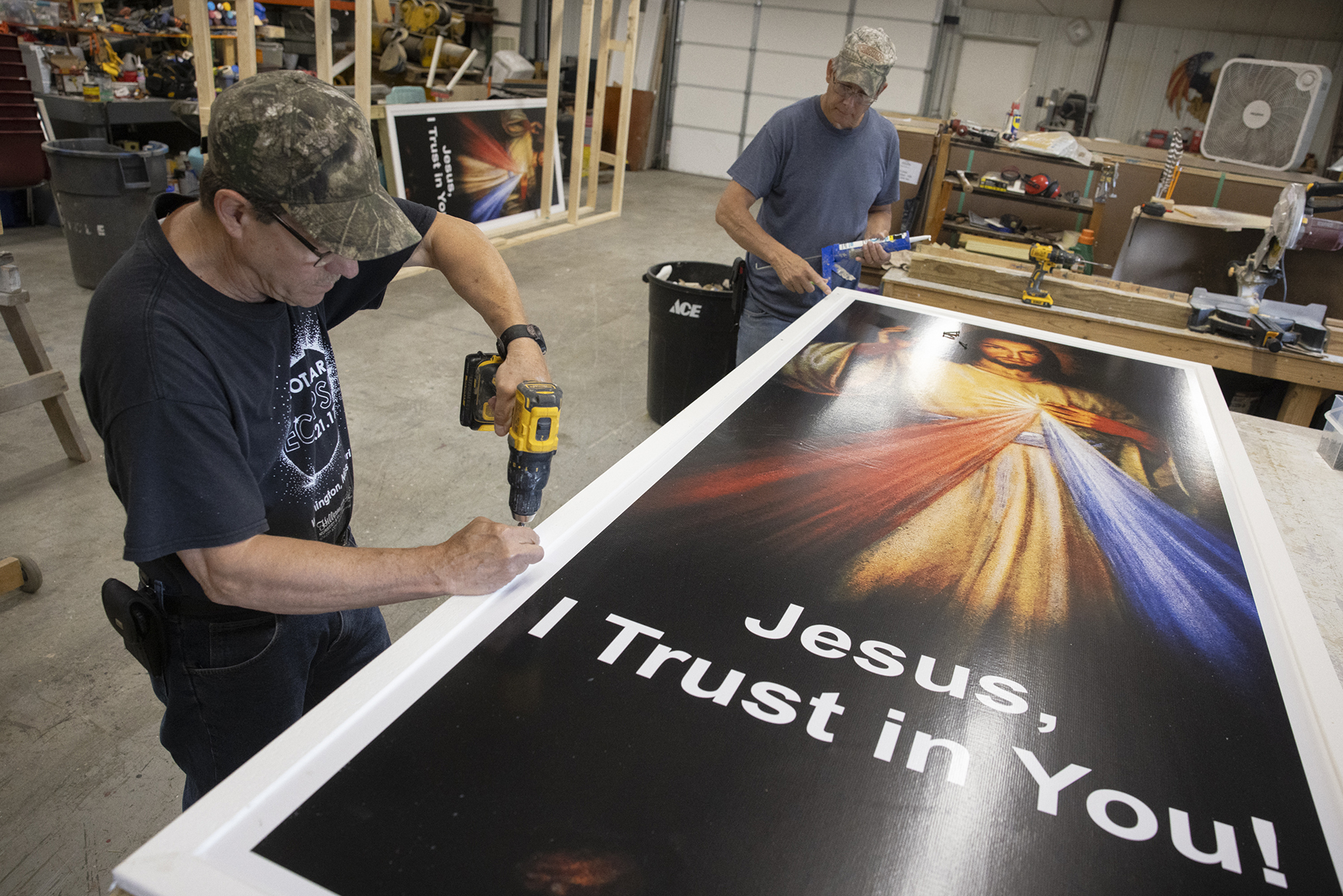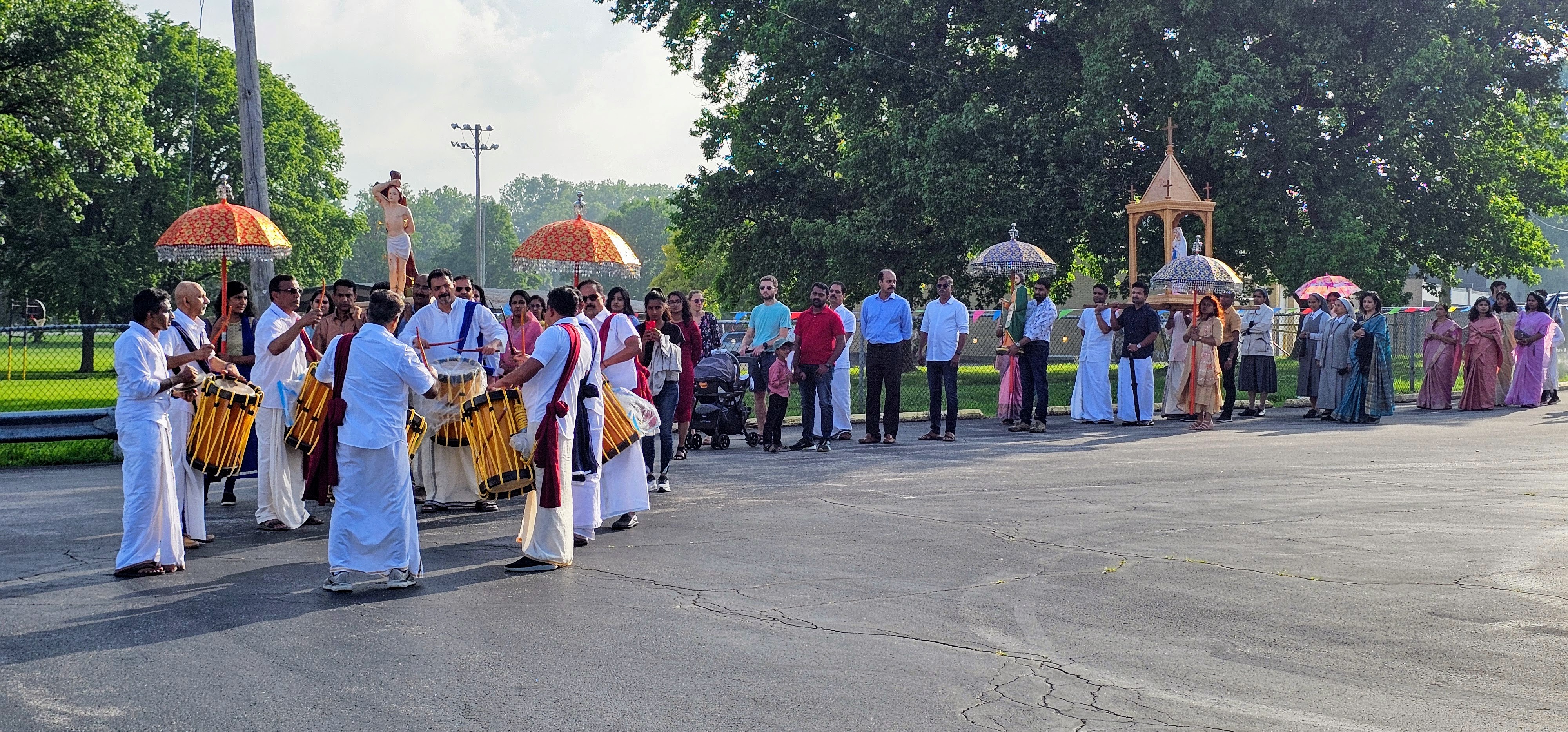SLU partners with residents, Habitat for Humanity
Habitat for Humanity grateful for inclusion of affordable housing in development plan

Habitat for Humanity Saint Louis recently broke ground on five new homes near Saint Louis University with funding secured through the City’s Affordable Housing Trust Fund.
Habitat for Humanity and SLU have joined forces for the first time to create affordable home-ownership opportunities for homebuyers. The plan calls for two-story, fully accessible homes with brick façades to complement the existing streetscapes.
St. Louis Midtown Redevelopment Corporation, created in partnership with SLU and SSM Health, is playing a lead role in spearheading redevelopment in this area. In March of 2017, the entity was ratified by the City of St. Louis as an Urban Redevelopment Corporation to oversee and administer a redevelopment plan to draw new investment to an area comprised of close to 400 acres in the heart of the city.
With nearly $1.5 billion in new construction already underway in Midtown, the $1.6 million investment in housing will transform long-vacant land in the Gate District West neighborhood just adjacent to the university’s medical campus into for-sale affordable single-family housing (see sidebar page 7). Community leaders gave unanimous approval to the plan last year.
SLU sees the Habitat Saint Louis portion of the project as an opportunity to maintain workforce housing for families, including SLU employees, who want to live near jobs, transit and good schools.
As a Catholic university especially, “this initiative gives flesh to some of the most foundational elements of Catholic social teaching,” said Jesuit Father Christopher Collins, SLU’s assistant to the president for mission and identity.
He cited the ancient consideration of how to go about loving our neighbors, the “ordo caritatis” or the order of charity. For a family, charity, or love, “begins at home” and then spreads out from there, Father Collins said, so for the university that could include, where possible, helping employees accrue wealth by way of home ownership.
Brooks Goedeker, executive director of SLU’s redevelopment corporation, said the approach to the neighborhood part of the redevelopment area is unique because SLU president Fred Pestello allowed the neighbors to decide what happens with the SLU-owned single sites. The properties that were purchased in the 1990s were vacant and deteriorating.
SLU helped reinvigorate the neighborhood association and “is allowing it to decide what happens with the 48 properties,” Goedeker said.
“It’s unique that a university allows residents to do this,” said Goedeker, a parishioner of St. Stephen in St. Louis. “It speaks to the Catholic and Jesuit mission.”
Habitat approached the association and SLU about five of the properties, where the homes soon will be built. Two more will be added in a second phase.

SLU sold the five properties to Habitat at a below market price and used the proceeds to create a home-repair program for current residents of Gate District West, Goedeker said. “SLU is telling the community that you’ve stuck it through in good times and bad, so thank you for being good neighbors and good partners. So SLU wants to continue being a good neighbor, lift up the neighborhood and let them drive the process.”
Alderwoman Marlene Davis said having the residents of the neighborhood make decisions about a project is unusual. “Residents are totally involved,” Davis said.
Kimberly McKinney, executive director of Habitat for Humanity, said that “as private investment continues to come to places like Midtown, we know that the cost of housing is rising, and so is the demand for affordable housing opportunities for working families.”
Michael Powers, Habitat for Humanity Saint Louis real estate development manager, praised SLU for its engagement with the neighborhood. The benefits of the development considers the residents, Powers said, and retains some affordability.
“They have been a great partner, committed to seeing our mission through,” ensuring that some of the land benefits people whose incomes are 60 to 70 percent of area median incomes, he said.
Habitat’s mission, Powers said, helps people renting in substandard housing afford to buy a four-bedroom house, spending $650 or less a month on all housing costs, including taxes, insurance and an emergency fund, for example. Habitat is planning to negotiate for more land in the area to build additional homes because the demand is so high.
SLU has a campus chapter of Habitat, and Powers is expecting they’ll be asked to be part of the volunteers who construct the homes. “It means a lot to us to have the students involved,” he said.
About Habitat for Humanity
Habitat for Humanity Saint Louis receives more than 5,000 calls each year from people living in substandard housing who inquire about eligibility for Habitat’s home buying program. In 2018, more than 800 individuals or couples living in St. Louis City or County for at least one year making within 25-50% of the area median income and living in substandard housing requested a pre-screen application to begin the process of applying to the program.
In addition to a modest down payment and a 30-year affordable mortgage, each Habitat for Humanity Saint Louis homebuyer invests 350 sweat-equity volunteer hours into building or rehabbing a home and attending life skills classes. Homeowners include teachers, health care providers and returning college students. Habitat Saint Louis’s donors, volunteers, and partner families work side-by-side to build or rehab homes.
For more information, visit www.habitatstl.org.
New housing
Nearly 50 new homes and condos will be built near Saint Louis University’s medical campus as the result of a collaboration between SLU and residents who live in the city’s Gate District West neighborhood.
The Gate District West Neighborhood Association selected four local firms and a nonprofit to purchase and develop 43 vacant parcels owned by the university. SLU expects to close on the sale of the properties in February.
SLU has owned the parcels for years and was involved in the process, but the neighborhood association’s development committee took the lead in seeking and reviewing proposals and selecting the winners.
Construction could start as early as this spring on some of the new development.
“Initially, I and many of my neighbors were shocked to learn Saint Louis University wanted to partner with our neighborhood to redevelop the lots they owned,” said Shawn M. Wade, a member of the development committee. “But as a committee member, I was able to see their sincerity in community involvement and revitalization firsthand. SLU has proven to be a good neighbor.”
The committee chose proposals from Black Lab Development, Prime Property Investments, Simone’s Investment and UIC Homes. It also selected a proposal from Habitat for Humanity Saint Louis, which last year acquired five other parcels in the neighborhood from SLU for affordable housing.
Combined, the development plans call for 35 single-family homes and 12 condos. The new homes will be two-story, with three to four bedrooms and priced in the $300,000’s. The condos will be two-bedroom/two-bath units priced in the $200,000’s.
Gate District West is bordered by Grand Boulevard to the west, Compton Avenue to the east, Chouteau Avenue to the north and Interstate 44 to the south. More than 80 percent of its residents are African-American, and the neighborhood currently has an equal mix of for-sale and rental housing.
A rendering of Habitat for Humanity homes to be built in Midtown Habitat for Humanity Saint Louis recently broke ground on five new homes near Saint Louis University with funding … SLU partners with residents, Habitat for Humanity
Subscribe to Read All St. Louis Review Stories
All readers receive 5 stories to read free per month. After that, readers will need to be logged in.
If you are currently receive the St. Louis Review at your home or office, please send your name and address (and subscriber id if you know it) to subscriptions@stlouisreview.com to get your login information.
If you are not currently a subscriber to the St. Louis Review, please contact subscriptions@stlouisreview.com for information on how to subscribe.







